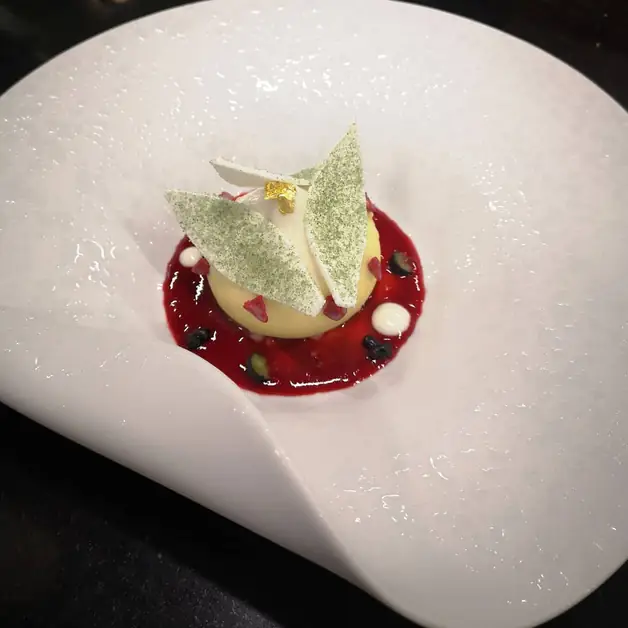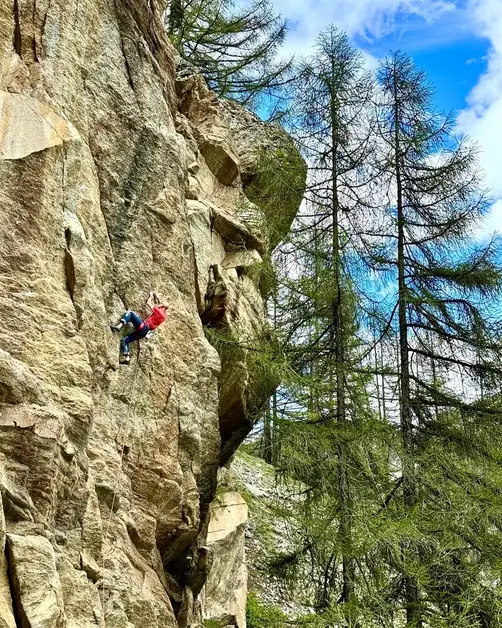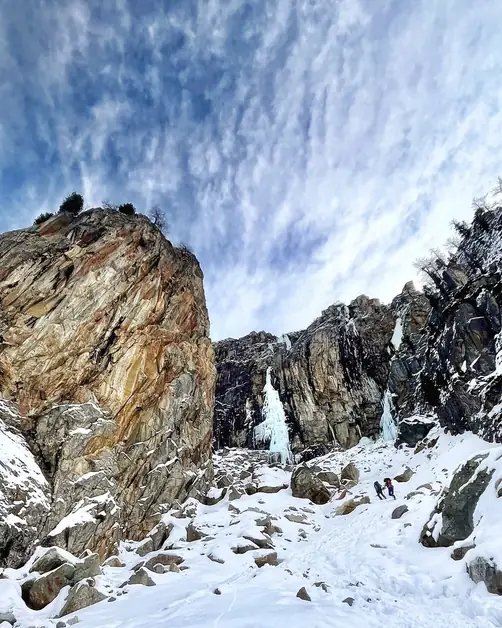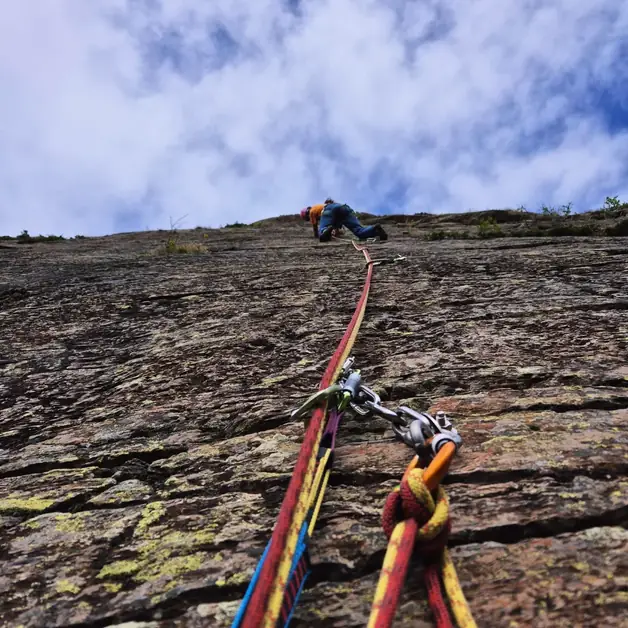Polenta with brossa a dish not to miss
Polenta with brossa is a must-try dish from Valle d'Aosta.

What exactly is brossa?
Brossa is a cream made from whey, obtained after cheese production. It is heated and enriched with vinegar or other slightly acidic substances. This processing brings small amounts of fat and protein to the surface. The result is a soft, slightly tangy cream that is very nutritious and surprisingly lighter than other dairy products.
How was brossa prepared in the past?
In the past, shepherds living in the alpine pastures of Valle d'Aosta wasted nothing. After producing cheeses and ricotta, whey remained. From that whey, brossa was born, a cream that could be eaten as is or transformed into butter. This butter, less caloric than traditional butter made from cream, was highly valued and served as food storage during the winter months.
What is the connection between polenta and brossa?
Polenta was the daily food of shepherds: simple, abundant, and very caloric. Combined with brossa, it became a complete dish capable of sustaining the hard work in the mountains. This combination represented the true energy of days spent among pastures and livestock. Today, polenta and brossa are no longer the meal of shepherds but a typical dish to enjoy in various contexts, often during lunch in a farmhouse or a local restaurant.
Why are polenta and brossa considered a specialty today?
Today this dish is seen as a delicacy because it encapsulates tradition, authenticity, and flavor. It is not a common food found everywhere, but something that belongs only to Valle d'Aosta. Tourists appreciate the opportunity to rediscover a humble dish transformed into a gourmet recipe capable of telling an entire alpine culture.
Where to eat polenta and brossa in Valle d'Aosta?
Many farmhouses in the region offer polenta and brossa on their typical menus. The same goes for some local restaurants that enhance the cuisine of Valle d'Aosta. It is often served during fairs or traditional village festivals when local communities celebrate the recipes of the past. Those visiting Valle d'Aosta in winter or summer can look for these occasions to experience authentic gastronomic experiences.
Is it a dish suitable for tourists seeking genuine flavors?
Yes, polenta and brossa are perfect for those wishing to try true mountain cuisine. The taste is intense yet balanced, with the contrast between the sweetness of polenta and the slight acidity of brossa. It is a dish that tells the simple life, made of natural ingredients and traditions that are still passed down today.
What other typical dishes accompany polenta and brossa?
In the menus of Valle d'Aosta, alongside polenta with brossa, you can find other variations of polenta: polenta concia, enriched with butter and local cheeses like fontina; polenta served with game or meat stews; polenta with mushrooms or sausage. This way, a tourist can choose different combinations and discover how polenta is an extraordinary base of alpine cuisine.
Is brossa still used to make butter?
Yes, brossa is still used today to obtain a prized butter. This butter is less caloric than traditional butter and maintains a delicate flavor. Some local producers prepare it in limited quantities and sell it at mountain markets or in typical shops. Tasting it means embarking on a true journey into the dairy tradition of Valle d'Aosta.
Why should tourists try polenta with brossa?
Because it is not just a dish, but a cultural experience. Those visiting Valle d'Aosta can enjoy food that has nourished generations of shepherds and is now presented as a sought-after specialty. Trying polenta and brossa means connecting with history, the mountains, and the authentic flavors of a unique region.
How important is gastronomic tradition for tourism in Valle d'Aosta?
Local cuisine is a fundamental element of tourism in Valle d'Aosta. There are not only mountains, hiking, and winter sports, but also a culinary heritage that enriches every visit. Dishes like polenta and brossa represent a bridge between the past and the present, a reason to stop at a trattoria, an alpine refuge, or a farmhouse and let oneself be guided by taste.




